It raises now several questions in my mind. What does this federalisation stand for? May we describe the current model of the functioning of the European Union as the United States of Europe?
Actually, do we need it? European integration has apparently made great progress since the 1950s. It is also an incontestable fact that former economic cooperation amongst founding members of European Communities moved further from the concept of simple intergovernmentalism towards a supranational system of governance with some significant features of federalised structure. Notably, new federal as well as intergovernmental elements have been introduced by the Maastricht Treaty in 1992. It makes definition of the European Union even more difficult. Therefore, it is better to say that the EU2015 operates more like a very complicated hybrid framework rather than any kind of standard international organisation or federal state such as we know in the United States of America.
Nevertheless, I am asking myself whether this structure and functioning of the European family should be enough or if we should ask for even more integration, in particular in the field of foreign affairs, fiscal matters and defence policy. It is obvious to me that the architecture of the European Union has already failed to serve its goals and the challenges of today’s world. Since 2008, the Union has staggered from one crisis to another one without knowing how to face them adequately. Each of these crises, indebtedness in Greece, conflict in Ukraine, diplomatic confrontation with Russia, the refugee crises, clearly show that national states are no longer able to solve either local nor global problems independently.
Instead of having a united Europe as a strong stakeholder on the international scene, the European Union remains a chaotic grouping of twenty-eight states. The Union lacks necessary powers and globally respected institutions. I am personally persuaded that the European Union as we know it will soon cease to exist. The only question is whether the gradual disintegration and secession of several European countries will follow or European leaders will be able to overcome the fear of change and drive forward integration into a genuine political union.
A Federal structure of the European Union is in the interest both of European citizens and nation-states in Europe. Basically, it strengthens the powers of EU Member States, democracy in the European Union and also makes the European Union a stronger and more united entity which is able to face global challenges and threats in the coming decades. Federal Europe is a prerequisite for maintaining social security for European citizens, boosting the economy and creating new job opportunities for sustainable economic growth and development.
Therefore, the common success of Europeans in this globalised world depends on how quickly they can unite. United Europe can better enforce its interests and protect common values. Let us fight jointly for this purpose in forthcoming years!
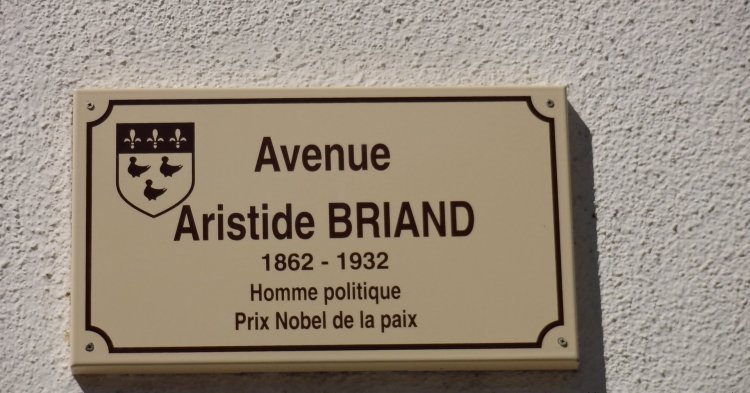
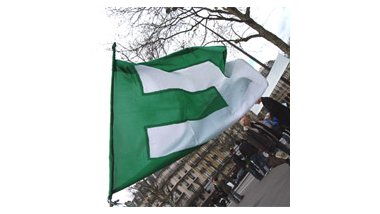
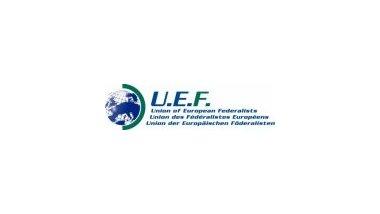
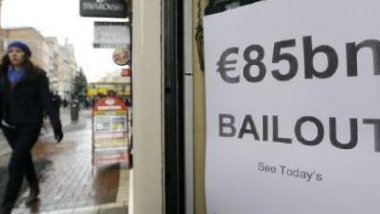
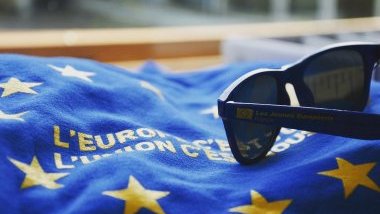

Follow the comments: |
|
